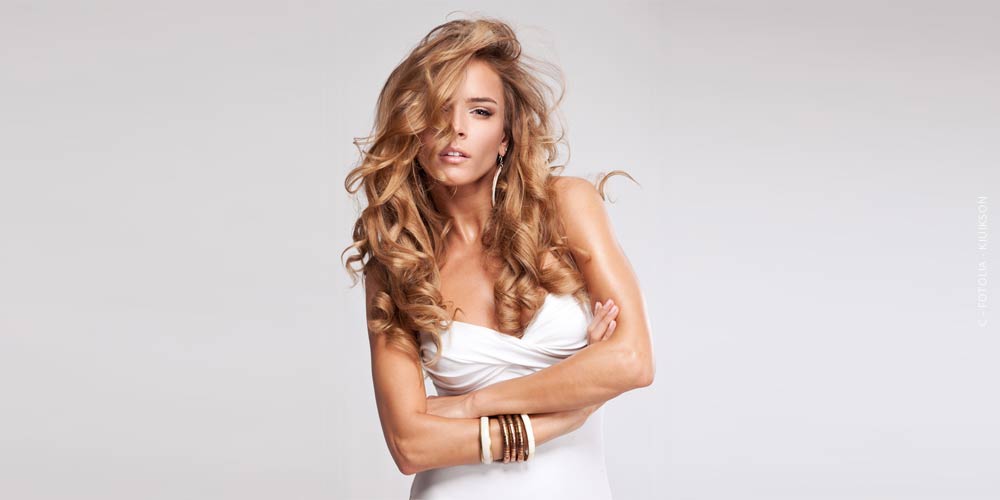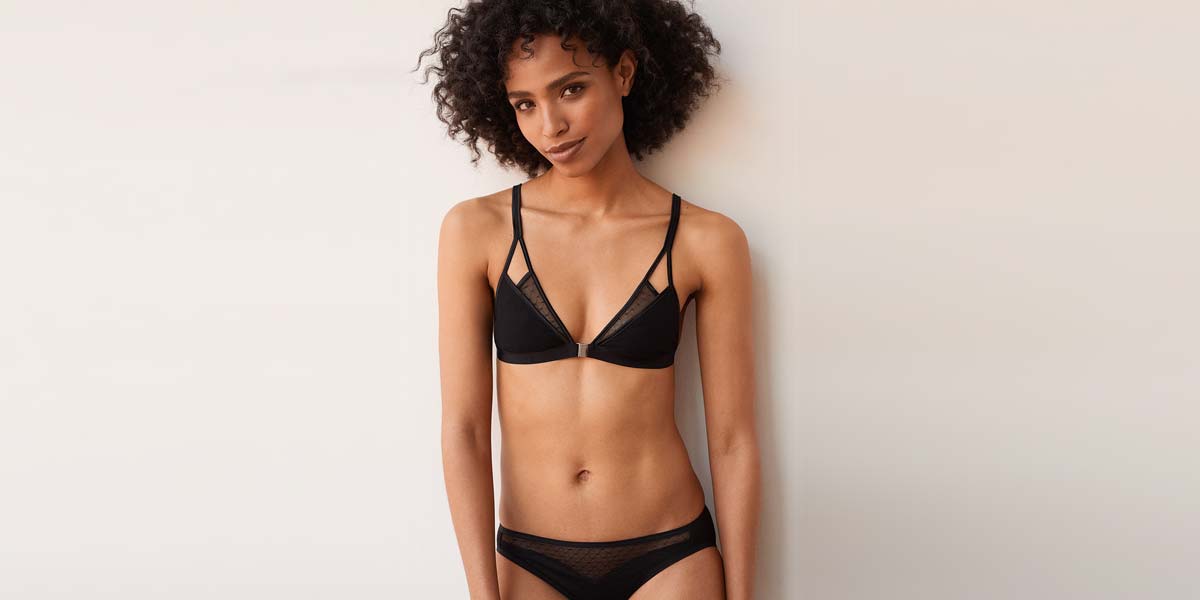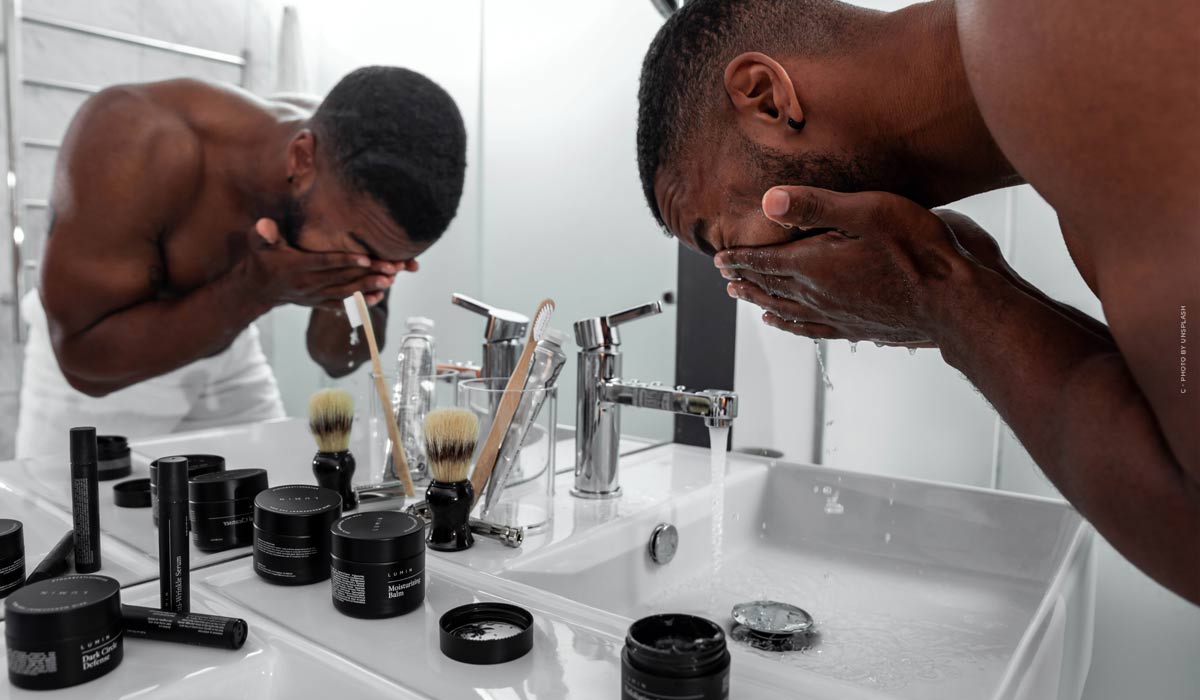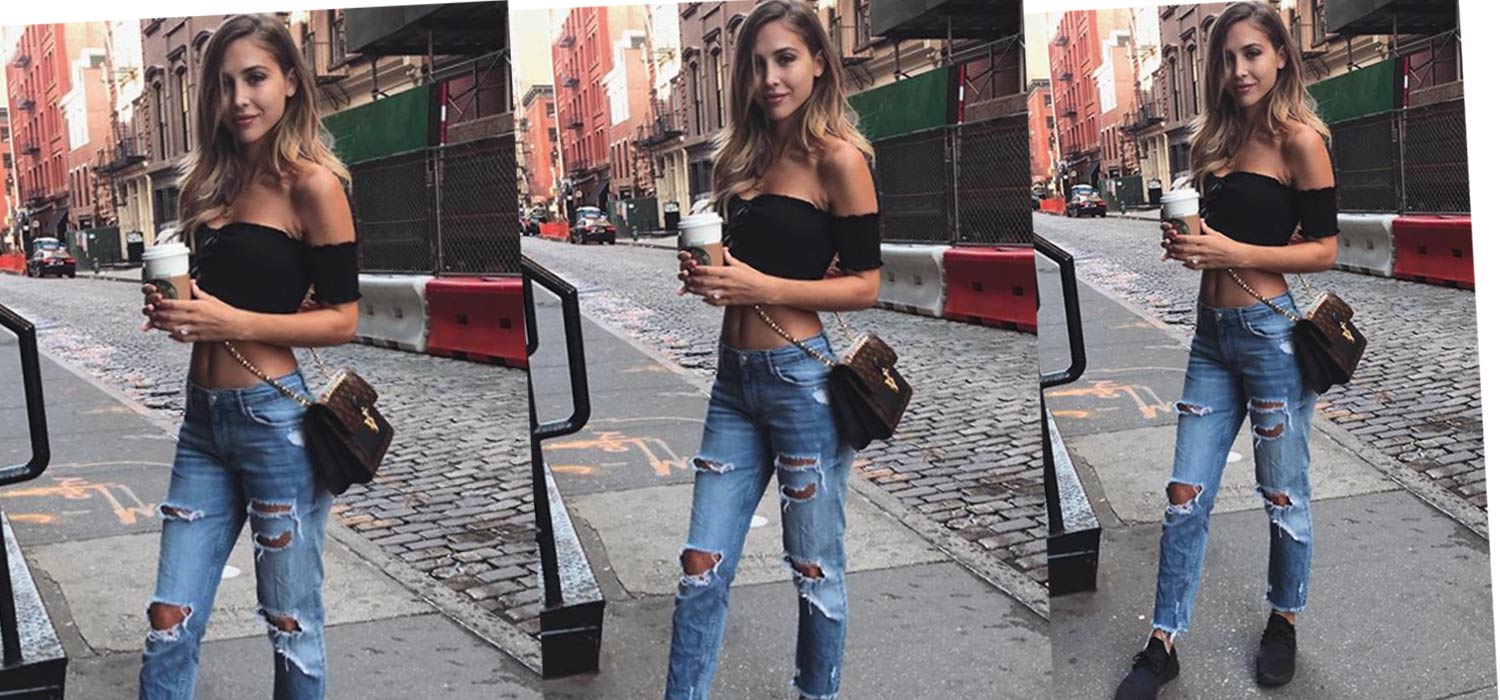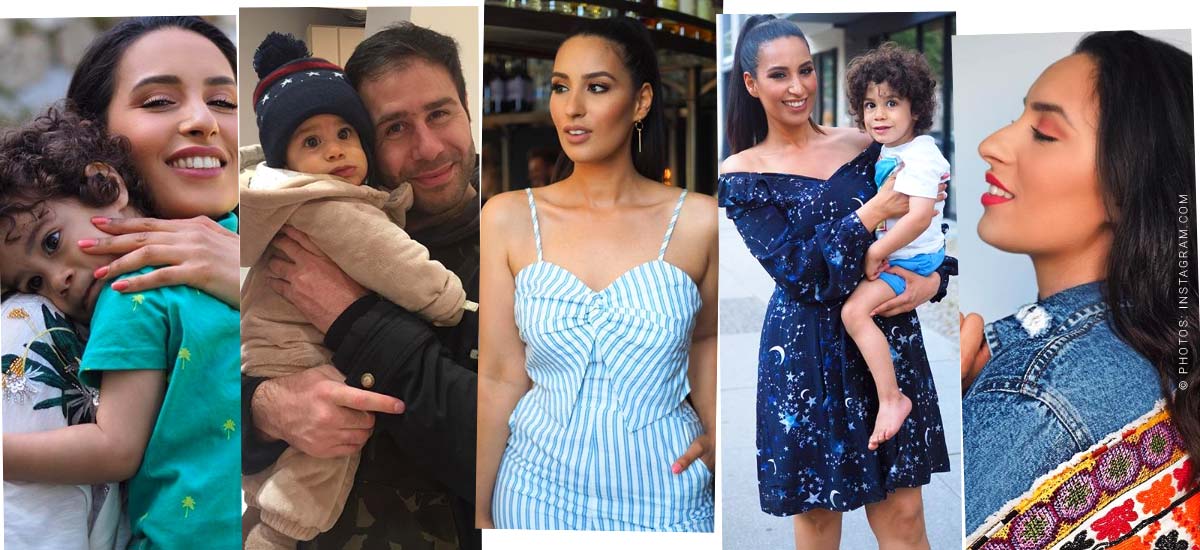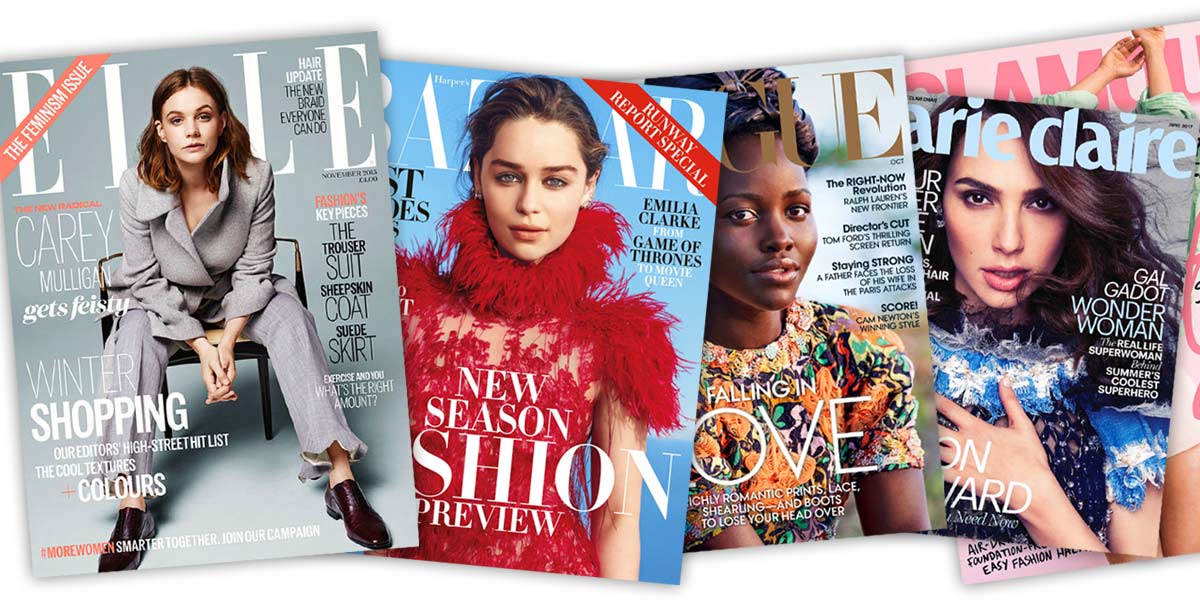Beauty ideals: The perception of female beauty in different countries
At the beginning there was a simple question: How is the beauty of the female body perceived in different countries? In a worldwide experiment, graphic designers from 18 countries used Photoshop to create their personal beauty ideal. Some surprising results came out.
Feminine beauty ideals in the media
The perception of beauty and a perfect body in women and men in the media also has cultural effects. The aim of this project was to understand the possibly unrealistic standards of beauty and to see what emotional stress this leads to. The media in particular can influence the health of young people, because they transmit the perception of what is considered attractive among young women and men. This can lead to a distorted self-image, eating disorders and depression. This can lead to unhealthy ideas and behaviour, especially among women.
Other countries, other customs?
You can’t turn on the TV or leaf through a magazine without being bombarded by advertising for weight loss pills, gyms or diets. The images of the women on the covers are processed with computer programs and all defects are removed. Line thin models and edited bodies of celebrities seem to be the norm. This creates an unrealistic and unhealthy image of beauty ideals. But nothing is further from the truth. The ideal female body is round and lush, as the results of the graphic designers from the USA, China, Asia, Africa and Europe show. Unfortunately there were no graphic artists from Germany.
Women design their beauty ideal
With the image processing program Photoshop the designers from 18 countries had the opportunity to model the given female body and to make the model an attractive citizen of their country. The model could be changed in form and shape. Nudity was not in demand. The woman in the original photo weighed an estimated 90 kg.
It is striking that many women preferred a pale skin, even in countries where people are a little darker. Most graphic designers made the model considerably slimmer; there were drastic changes in the hair colour and in the waist and hips. Only the breasts remained the same size as the original figure, only in Venezuela the already lavish furnishings were enlarged.
Feminine fashion design from Africa, South America and Asia
The graphic artists in North and South America and Egypt often produced unrealistic hourglass figures. In Colombia, the edited body is most similar to the original version. Just a little slimmer, but the hair got thicker. Also in Peru the model was not too slim, only the forms are softened. The Asian women made the body as thin as a doll. In China, the head seems much too big for the thin model. The hair has usually been made more voluminous. Pores and impurities are generally not welcome and have been eliminated.
Conclusion: Other places, different ideals of beauty
Beauty is in the eye of the beholder. Media can change our perception, but beauty cannot be assessed objectively. What one person finds admirable about a body cannot appeal to others at all. The range of representations submitted in the above study seems to confirm this idea.
All fake! How to change their appearance with Photoshop
The media world influences us. Especially since Instagram is a false beauty ideal in the world. But a lot of what you see is not made in reality at all, but by tools like Photoshop. How easy it is, you can see here:
